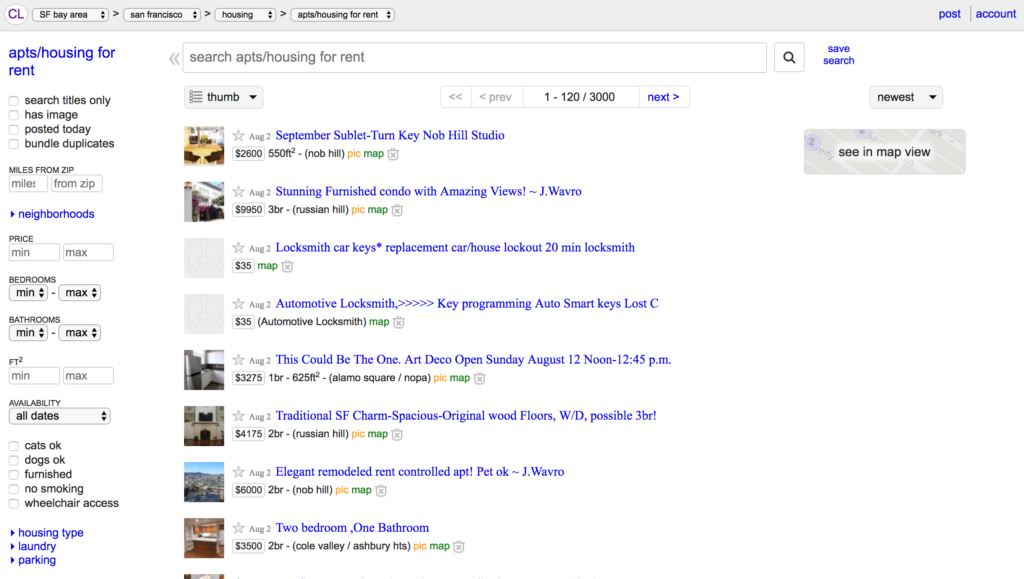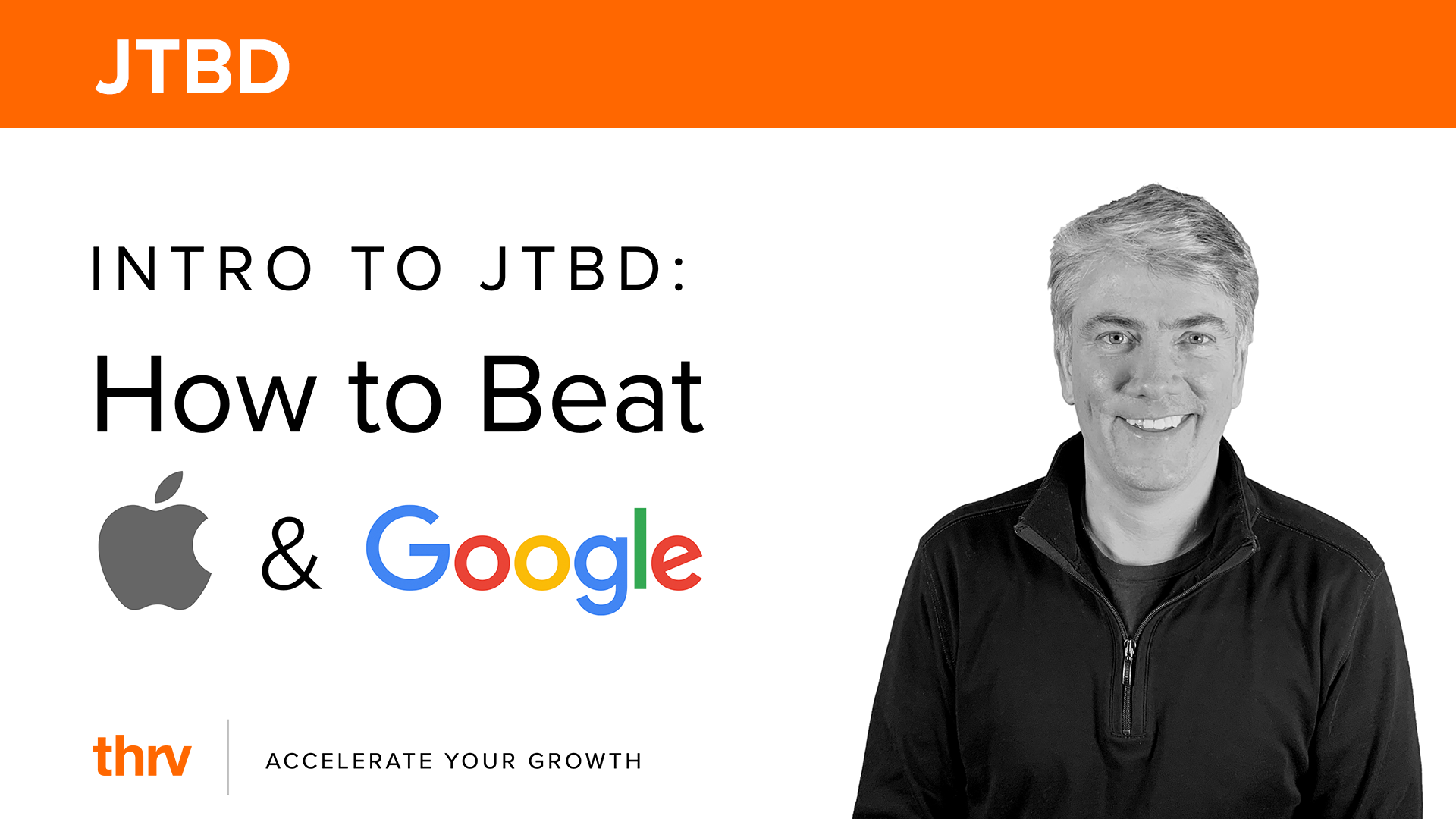
In Jobs Theory, there are three types of jobs-to-be-done your customer is trying to get done - functional, emotional and consumption. Knowing the difference between these three jobs is critical in your ability to define your market, to identify unmet customer needs within that market, and to create an outstanding customer experience.
No matter what theory, framework, or method you and your company may use, it is vital to remember that your customers are real people with real goals they are trying to achieve in their personal and professional lives. These goals (called “jobs-to-be-done”) are real and measurable regardless if your company serves consumer markets, business-to-business markets, or medical markets.
For example, parents need to teach kids behaviors like managing anger, learning a subject, eat healthily, etc. Financial executives need to optimize company cash flow, comply with regulations, and mitigate investment risk. And doctors need to diagnose a medical condition, obtain blood samples, and prescribe medicine.
All of these are “functional jobs.” They are goals people are trying to achieve. And because they are goals, the success of achieving the goal can be measured using speed and accuracy. For example, how quickly can parents teach their children to manage anger? How accurately can a CFO comply with regulations? And how fast can a doctor make an accurate medical diagnosis?
If your customers cannot achieve their goal fast and accurately, you have a market opportunity to grow by innovating (i.e. by creating a product or service that gets the job done faster and/or more accurately). Customers switch to a new solution when the new solution helps them achieve the goal (i.e. get the job done) faster and more accurately.
Functional jobs are independent of any solutions they might be using. So when you answer the question of what your customer’s job-to-be-done is, be sure to not include your own product in the statement. To figure out how to come up with the right functional job statement, take a look at this post on How to Answer the Question “What’s the job-to-be-done?”.
The second type of job is an emotional job - how your customers want to feel and be perceived while executing the functional job. For example, overcoming anxiety can be an emotional job as customers want to avoid feeling anxious due to being late and perceived as unprofessional. Customers are, of course, human. Even though your product must meet the needs of the functional job first and foremost, addressing the emotional job is also important in fully understanding the needs of your customer. Emotional jobs can highlight how your customer wants to feel about themselves when they are executing a functional job or they can be social, focusing on how they want to be perceived by others while executing a job. Either way, it’s important to gain insight on what these emotional jobs are so that you can have the full story of their struggle.
The third type of job is consumption jobs. They are what a customer has to do to utilize a solution. If you are trying to get to a destination on time, to use Google Maps as a solution, you will have to interface with a mobile app while driving. “Interface with a mobile app while driving” is a consumption job. Tasks that include verbs such as learn, install, maintain, repair, dispose of, unbox, etc, are often consumption jobs.
All three types of jobs are important to identify and analyze because together they contribute to your customer’s full experience of your product.
How the Three Types of Jobs-to-be-Done Come Together
To see how these three types of jobs come together, let’s look at an example.
Functional job: Get to a destination on time.
We know that getting a destination on time is a functional job. It’s a goal people need to achieve every day, and it is independent of any solution. But what are some of the emotional jobs (or goals) that people have when trying to get to a destination on time? Perhaps they want to avoid feeling anxious about being late for a meeting. They most likely want to feel safe while getting there. The heightened emotional repercussions of not getting to a destination on time are what gives context to how a functional job is fulfilled. If the functional job is executed poorly, it negatively impacts the emotional job and creates negative emotions and anxiety for the customer.
The consumption job comes in when customers are using a particular tool to help them get to a destination on time such as an Uber or Lyft app. Interfacing with an app while driving is an example of a consumption job - a job that is related to using a solution to get a destination on time.
Although emotional and consumption jobs are important and contribute to the overall customer experience, it is the functional job that defines the market.
Why the Functional Job is Your Market (and the one that really matters)
Many people will argue that the way a product makes a person feel or the design experience created is just as important as the functional job. Although they may add more value, at the end of the day if your product isn’t fulfilling that main functional job - customers will fire you.
To make this example concrete, let’s say you are using two apps: one that has a high probability of helping you sell your used car, but with a poor interface, and one that does not have a high probability of selling your used car, but has a beautiful interface. It doesn’t matter how beautiful the second product is if it doesn’t solve the functional job of selling your used car - the first, ugly product will win in the market.

Craigslist is perhaps the best example of this: it gets the functional job done with a poor interface. It still dominates the market for person-to-person buying and selling because it gets the functional jobs of buying and selling done (i.e. it has market liquidity), even though its interface has been given very few modern improvements.
Building a product your customer actually needs requires you to understand all the jobs (functional, emotional, and consumption) they are hiring for. But what separates successful companies from failing ones is the ability to identify the most important functional job they have and what needs you can fill to get that job done for them.







